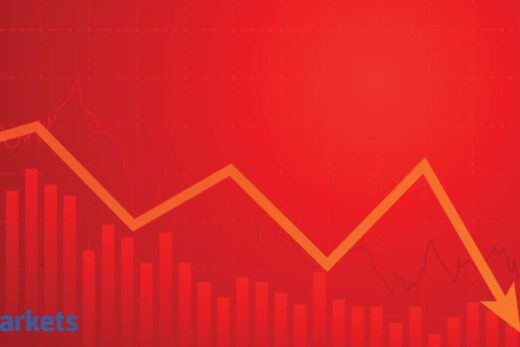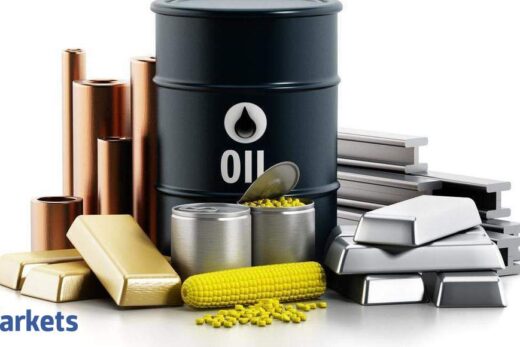The Purchasing Managers’ Index (PMI), a key gauge of manufacturing activity in the world’s second-largest economy, dropped to 50.4 in July from June’s 50.9, the National Bureau of Statistics said.
A PMI reading of over 50 indicates expansion, while below that figure suggests contraction.
The reading appeared to be levelling out between April and June, and July shows the first marked decline, making it the lowest PMI figure since February 2020, analysts said.
While the figure was worse than many forecasts, it was still above the 50-point mark that separates growth from contraction.
China’s fragile economic recovery is threatened by a recent resurgence of the Delta variant of the coronavirus that is threatening to dampen holiday consumption over the summer.
“On the whole, China’s economy continues to maintain expansion momentum, but the pace has slowed down,” said NBS senior statistician Zhao Qinghe.
“In July, some companies entered the equipment maintenance period, which in addition to the impact of extreme weather such as localised high temperatures, floods and natural disasters, (caused) relatively weakened manufacturing growth compared to last month.”
Although Zhao did not refer to specific extreme weather events, deadly flooding in central Henan province caused over 70 deaths and billions of yuan worth of damage this month. Henan is home to key Foxconn plants that manufacture Apple iPhones.
Overall, export and import indices dropped this month, after a major port closure in the first three weeks of June stifled international trade at a key point in the global shipping network.
“The most alarming signal is the new export order index, which (at 47.7 per cent) is at the lowest level since July last year,” said Zhiwei Zhang, chief economist at Pinpoint Asset Management in a note.
“Exports have been a main growth driver this year. This PMI data release makes me even more cautious about growth outlook in H2.”
China’s non-manufacturing PMI also slightly slowed by 0.2 percentage points to 53.2 this month, although it was still showing growth.
In particular, the construction industry was badly affected by “unfavourable weather factors such as high temperatures and rain, floods and disasters”, said Zhao.
However, the service industry recovered slightly, with expanded sectors including aviation, catering and accommodation.



